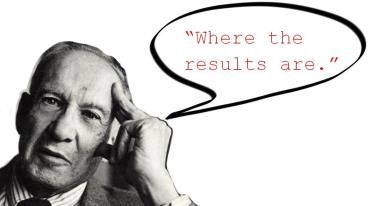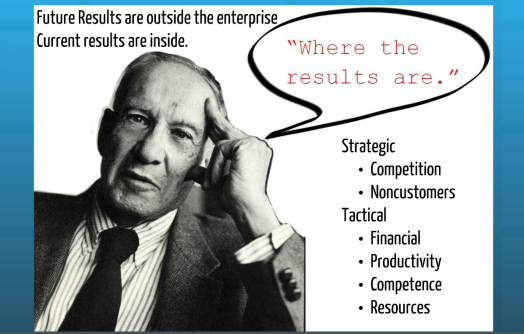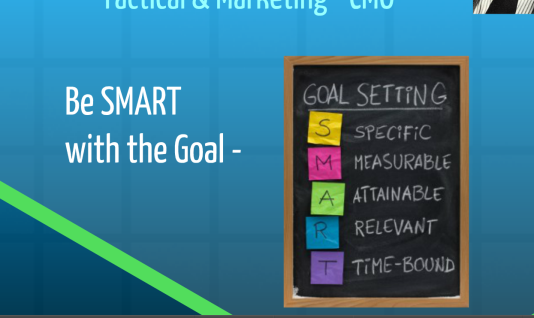The Foundation:
Define the Victory
“Picture your victory. What does it look like? How does it feel?”
These are strange questions to many people. For some people these are nothing more than intriguing questions. Far too few people make these questions the core of their decision compass.

Some of my client engagements are purely coaching relationships. The client asks for advice, looking to tap into my knowledge and experience to help them improve their performance. Frankly, almost all my client engagements involve coaching at some level, for coaching is integrated into my approach. Still, I have a small group of clients who just want the insight my experience can provide. They don’t want me to tell them what to do; they just want me to help them think about how they are going to choose their path.
While some of my coaching clients are the leaders of their businesses, many are middle managers who are striving to advance in their careers. In all cases the service is a personal one, focused on the individual, not the company. My efforts focus on what is in it for them (WIFT). That is, on what are they trying to achieve in their lives, with their careers and their families. This is the business of the person, not the business of the business. To understand what they want, I have to understand their dreams, what they picture as their victory in life.
Much of the time, that picture is very blurry. The client does not know. They want to be rich, or to have respect, or to have more time with their families. The list goes on. I say, “Picture your victory. What does it look like? How does it feel?” At some point, while they are blurting out the things they want to accomplish (the “bucket list,” as some call it), comes the line, “I haven’t thought about it much.”
Is aimless too harsh a description for these people? Lacking a definite plan, purpose, or pattern? I don’t think that is too harsh a description. It is accurate. How can you be aimless if you think about a definite purpose? How can you be aimless if you think about a plan? How can you be aimless if you think about your patterns of behavior?
Lacking action, including not thinking about purpose, plan, and pattern can be aimless. And, it is not enough just to think about it; you must act.
Sometimes, there is no lack of action. People act all the time. People think, too. If so, then what is missing?
When I was growing up, my grandfather used to remind me, “Put your brain in gear before your opening your mouth.” Think before speaking. Speaking is an action. Thinking is an action. Thinking before speaking is a pattern.
A journey can be aimless if you do not have a destination in mind. To determine the destination, you must think about why you want to go there; you must define the purpose of going.
Application to Data Analysis
An analysis project can be aimless if there is no defined goal when the project starts. While I have heard fantastic stories of aimless research leading to huge discoveries, I can’t seem to think of any that are actually true. Every discovery is the product of someone searching for something. So every successful analytical project starts out with a clear goal.
When setting off to research, there must be a definite plan, with a purpose and a pattern.
The plan defines where you are going. The purpose is why you are going. The pattern is how — the path you travel. Plan, purpose, pattern. Without a deep commitment to act to define these three interlocked things, a research project fails to achieve progress.
Who decides the goal? Well, in a business setting, the leadership of the company should decide. Not the owners, though they may influence the desired outcomes. The leaders of the business are the people charged with the action of thinking.
Setting aside examples of poor leadership at the top, and the influence of shadow leadership from the centers of enterprises, the responsibility for thinking about victory belongs to the CEO.
What is victory? Victory is much more than survival. Survival is tactical, as in surviving the battle. Victory is strategic, a commitment to accomplishing something that contributes to the enterprise’s ability to thrive and grow.

Defining victory is a strategic decision with tactical implications. Peter Drucker teaches us that, “Outside of the enterprise is where the results are.” Drucker means that future results, the growth of the company, are outside the internal operations of the company. These strategic questions about victory — what it looks like and how it feels — must examine the non-customers, the people who you do not do business with yet. These questions must examine the competition that stands between you and those non-customers.
Every company has data about the inside of the company. Many have sufficient information. Sales, inventory, expenses, costs — that is all internal data, and managers should pay attention to that data. That is only tactical data, not strategic data. Internal measures tell us about the customers we already have, but they tell us nothing about the people who do not do business with us.
Looking at internal data to predict our future is what I call navel intelligence — looking at your bellybutton. You might find some lint, but not much value.
Purpose: to grow. To grow, we must focus attention on the business we do not have.

- SPECIFIC: What is my desired outcome? I want us to find a new market for the services we already provide.
- MEASURABLE: How I am going to measure success? The new market should increase Operating Cash Flow by at least 1%.
- ATTAINABLE: We must take this a step at a time, so work one market at a time. Find a market that meets the measurable goal and develop it. Use that success to move to the next market.
- RELEVANT: The new market must support the growth of the business using the services we already offer. Tell us how this new market fits into our value proposition, and how our value proposition serves this new market better than the competition serves the market.
- TIME BOUND: I want the first market identified within the next 20 days.
What is the victory our example illustrates? Can you picture the victory?


